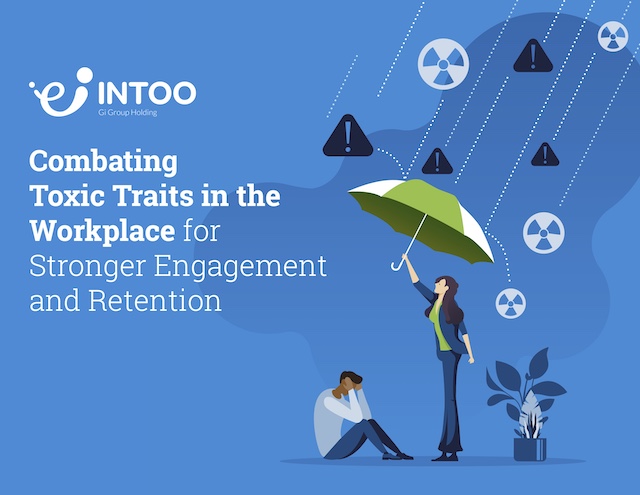This month has been a tumultuous time for HR professionals. Because of the coronavirus pandemic, many HR leaders have had to abruptly shift focus, from acquiring talent in a tight job market to considering—or even conducting—unexpected reductions in force.
Layoffs are never easy, but layoffs during a pandemic bring up additional anxieties. In a country where health insurance is often tied to employment, both employers and employees are keenly aware that the loss of a job can also mean the end of much-needed health care coverage. To add insult to injury, layoffs themselves pose health risks, ranging from an increased likelihood of stroke to a higher risk of mental illness. In fact, the physical and mental health risks posed by layoffs are so great that experts such as Sandra Sucher, professor of management practice at Harvard Business School, have argued companies have an ethical obligation to help laid-off workers find new jobs.
Americans seem to agree. More than 4 of 5 Americans (83%) think outplacement services—career transition services that help employees find work following a layoff—should be offered as part of a severance package to every employee who is laid off by their employer. With no mandates in the U.S. for employers to provide such benefits, many Americans do not receive outplacement benefits from their former employers as part of their severance package when they were laid off.
That’s according to INTOO’s Outplacement and the American Workforce Study, conducted online by The Harris Poll on behalf of INTOO in March 2020. We surveyed 2,011 American adults on their thoughts, feelings, and practices concerning layoffs and outplacement. We found a big incongruence between employer practice and the expectations of Americans—a gap that suggests major challenges ahead for HR practitioners tasked with protecting employer brand and workplace morale during workforce reductions.
Most Americans expect career transition support from their former employers in the event of a layoff
- A majority of Americans (85%) think most companies don’t provide enough help to employees when laying them off.
- More than 4 in 5 Americans (83%) think outplacement services should be offered as part of a severance package to every employee who is laid off by their employer
Outplacement benefits have a big impact on Americans’ opinions of employers
- If an employer offered outplacement services to laid-off employees, 83% of Americans say it would improve their opinion of the company.
- A majority of Americans (82%) say employers who offer outplacement services as part of a severance package care more about their employees than those who do not offer it.
Outplacement can protect employer brand during workforce reductions
- Four out of five Americans (80%) say receiving outplacement services would make them less likely to speak negatively about a former employer if they were to be laid off.
This survey was conducted online within the United States by The Harris Poll on behalf of INTOO from March 2-4, 2020 among 2,011 U.S. adults ages 18 and older. This online survey is not based on a probability sample and therefore no estimate of theoretical sampling error can be calculated. For complete survey methodology, including weighting variables and subgroup sample sizes, please contact us.media@intoo.com.
The views expressed within this publication are those of the individual authors writing in their individual capacities only—not those of their respective employers. All liability with respect to actions taken or not taken based on the contents of this site are hereby expressly disclaimed. The content on this posting is provided “as is” and no representations are made that the content is error-free.











